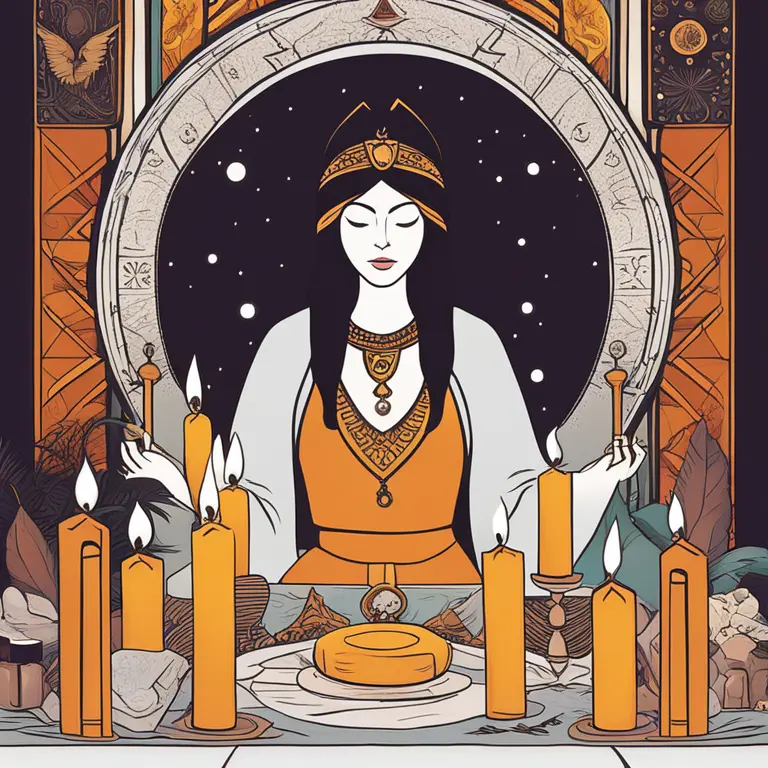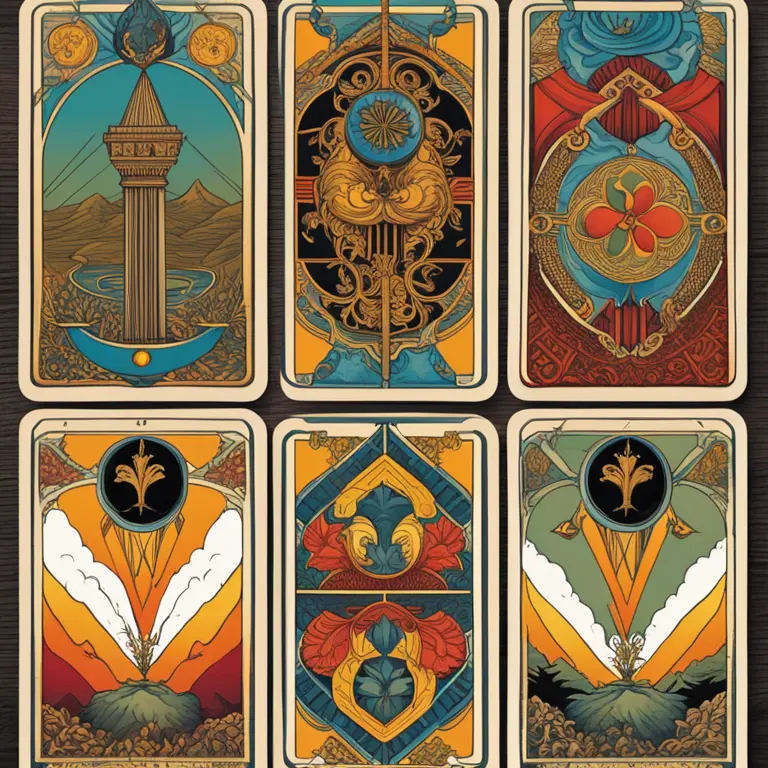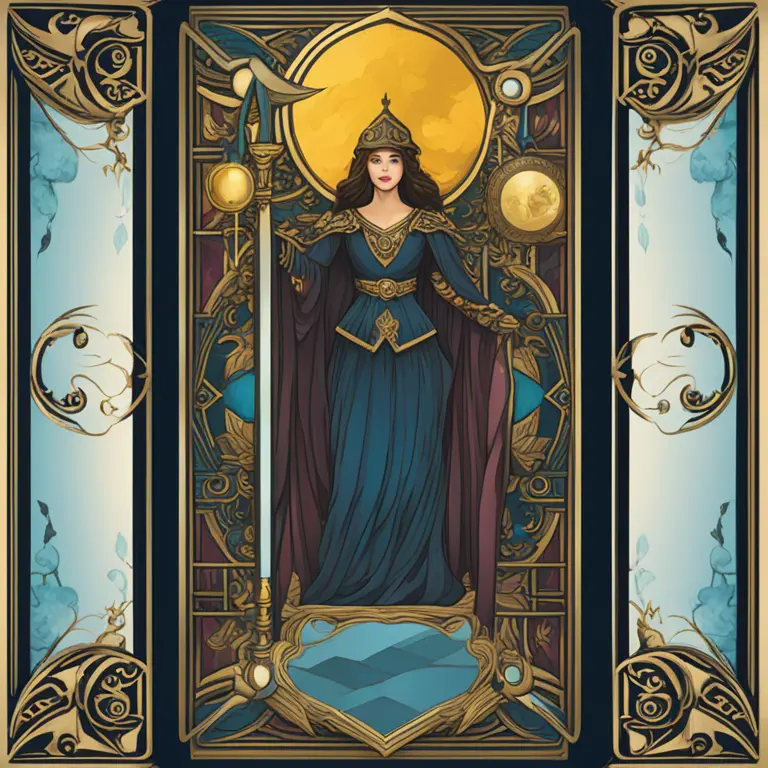
An Introduction to Tarot Cards
Amidst the resurgence of interest in mystical arts, tarot cards remain a popular tool for those seeking insight into their personal journeys. Originating in the 15th century as playing cards, they have evolved into a profound divination method used by individuals worldwide. Their rich symbolism and archetypal imagery serve as a mirror to the human experience, enabling users to tap into their subconscious and the collective unconscious.

Components of a Tarot Deck
A standard tarot deck comprises 78 cards, each laden with symbolic imageries and divided into two core groups: the Major Arcana and the Minor Arcana. The 22 Major Arcana cards represent significant life events or stages, while the 56 Minor Arcana cards depict daily happenings. The Minor Arcana is further categorized into four suits – Wands, Cups, Swords, and Pentacles, aligning with elements of fire, water, air, and earth respectively.

Tarot Readings: A Reflective Process
Tarot readings commence with a seeker posing a question or seeking general guidance. The tarot reader, or the seeker themselves, shuffles the deck and draws cards to create a spread. Each position in the spread signifies a specific aspect of the question. As cards are placed, they weave a narrative that correlates to the seeker’s circumstances, illuminating potential outcomes and hidden influences.

Common Tarot Spreads
While myriad tarot spreads exist, some have gained prominence due to their versatility and depth. For novices, the Three Card Spread, encompassing past, present, and future, serves as an excellent starting point. The Celtic Cross, more complex, offers a comprehensive outlook on one's life situation. Adaptable and customizable, these layouts can be modified to fit the unique questions posed by the seeker.
The Significance of Intuition
Reading tarot is less about foretelling the future and more about the interplay between the cards and the reader's intuition. Practitioners believe that the cards provide a framework through which personal insights can emerge. Tarot readers develop their intuition, allowing them to interpret the intricate symbols and their relationships within the context of the reading.
Technology Meets Tradition
In the digital age, tarot has transformed, embracing modern technology. Online tarot platforms now offer virtual readings, using algorithms or live sessions with skilled readers. These innovations increase accessibility and provide new ways for individuals to engage with tarot, ensuring its continued relevance and adaptation over time.
Learning and Ethical Considerations
As with any divinatory practice, becoming a skilled tarot reader takes time and dedication. Aspiring readers are encouraged to study the rich symbology and history of the cards. Furthermore, ethical considerations are paramount; readers must approach tarot with respect, sensitivity, and confidentiality, especially when dealing with personal queries.
Published: 2/8/2024
Modified: 2/8/2024
More predictions
Come back here soon to learn more about yourself and your future


Today's Zodiac Forecast: Cosmic Insights
Delve into your daily zodiac horoscope for fresh celestial guidance and astrological outlook tailored for your star sign.


The Origins of Zodiac Signs: An Astrological Journey
Delve into the ancient roots of the zodiac as we trace the origins and significance of these celestial symbols in astrology.


The Zodiac Libra: Balancing Beauty and Justice
Dive into the harmonious world of Libra, the zodiac sign of balance and beauty, as we reveal what makes Librans unique in astrology.